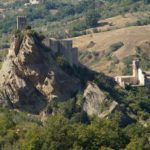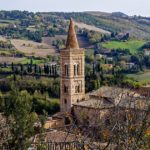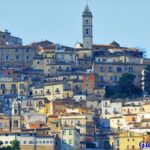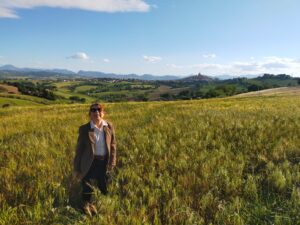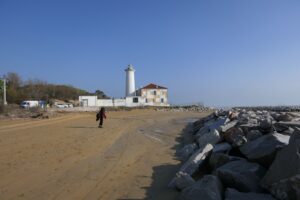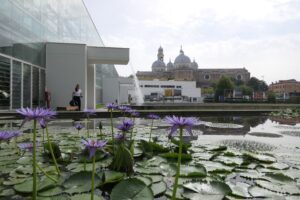Between the Night of the Faugni, (living) legends and reading's village
Sante Marie and Marsica region, a land of reading and walking
Take this circle trek trail on the “Bandits Path”
Walking is low impact, requires minimal equipment, can be done at any time during the day and can be performed at your own pace. The “Cammino dei Briganti” (i.e. the bandits’ path) runs through two Italian regions: Marsica (Abruzzo) and Cicolano (Lazio), which used to be the settlements of the “Briganti or Bandits”.
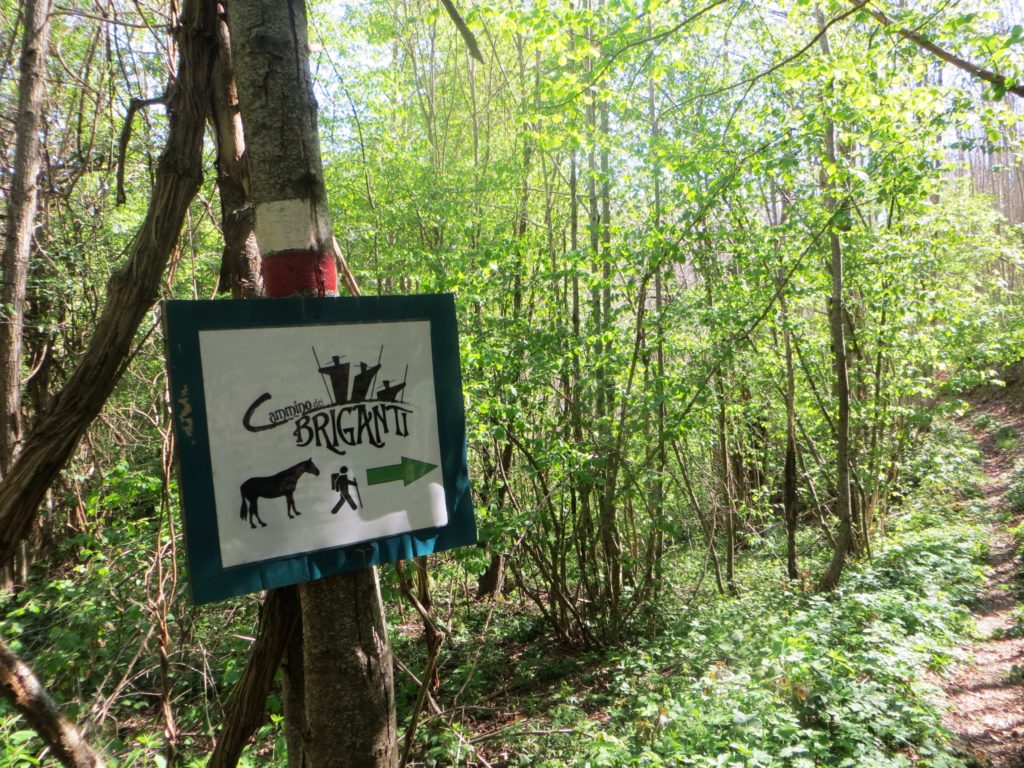
The 100-km trek can be covered in seven days and it develops at low-medium altitudes, between 800 and 1300 mt. Walking, you cross some wild landscapes of mountains and forests, and touch on tiny medieval villages where few residents remain, following an itinerary that evokes the idea of the frontier and freedom. It is a round circle-walk starting and ending in the village of Sante Marie in the province of L’Aquila. It crosses a borderland, that is the frontier between Abruzzo and Lazio region nowadays, but it used to be the one between the Pontifical State and the Bourbon Kingdom in the past. The bandits used to live just on the border and moved on horseback from one side to the other depending on the threats.
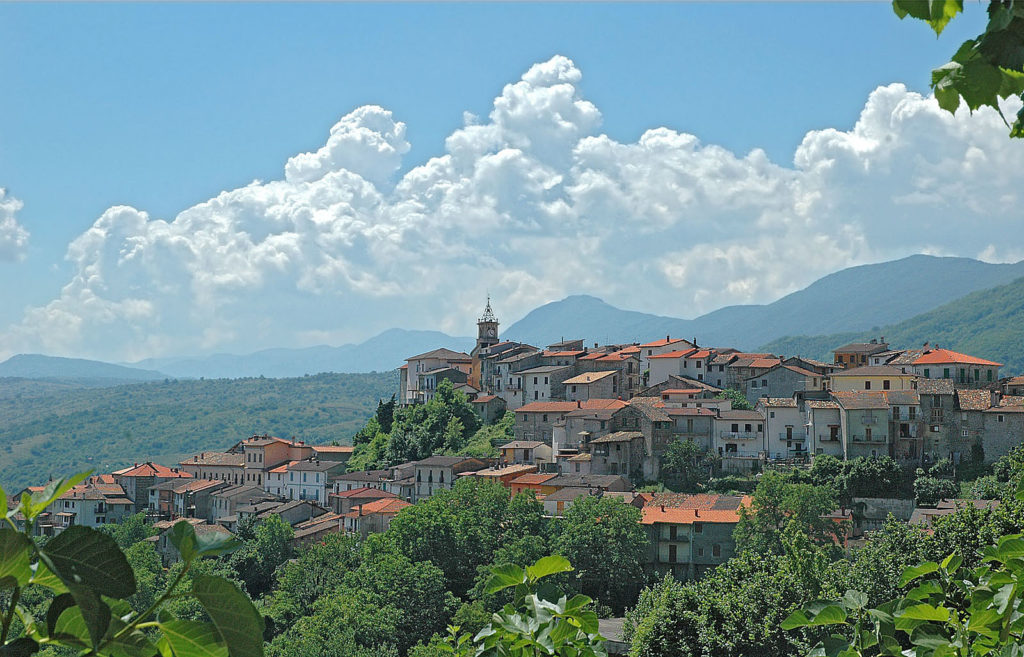
On this route you can visit the village of Sante Marie. The name of the pretty village – which originally identified a temple dedicated to the Virgin placed on a high place – derives from the Latin altum (castrum) Sanctae Mariae. In the Catalog of the Barons (XII century) – the oldest evidence of the existence of the town – it is called Alto Sante Marie. Later it has also been mentioned in the Papal Bull of Clement III (1188), listing the seven churches present in the area. In the Middle Ages it belonged to the feud of Tagliacozzo, first under Marsi Counts’ control, then De Pontibus’, later of the Orsini’s and the Colonna’s. In the post-unification period it was the place where the Catalan brigand José Borjes was captured and killed.
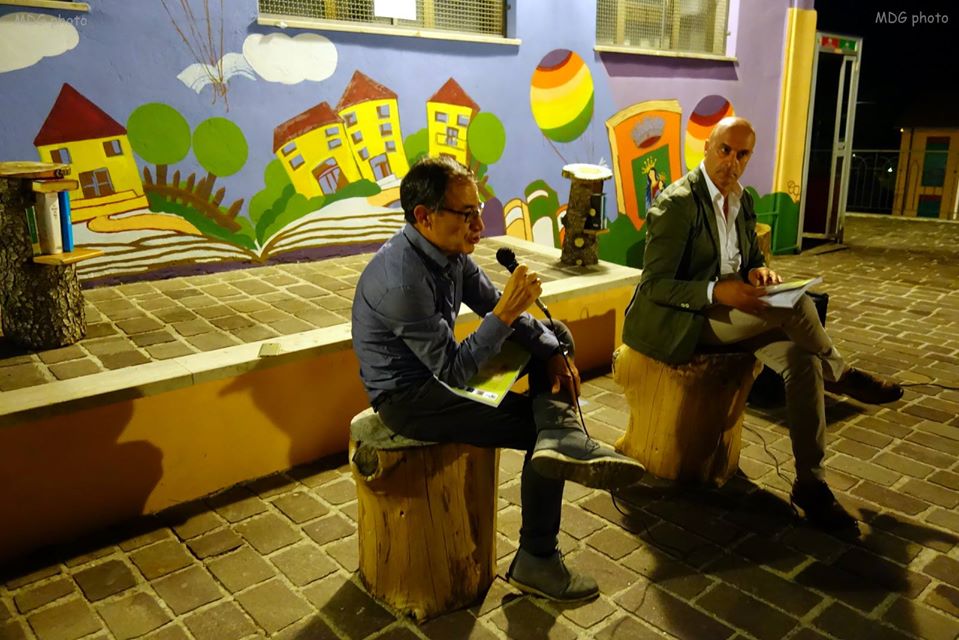
Sante Marie reading’s park 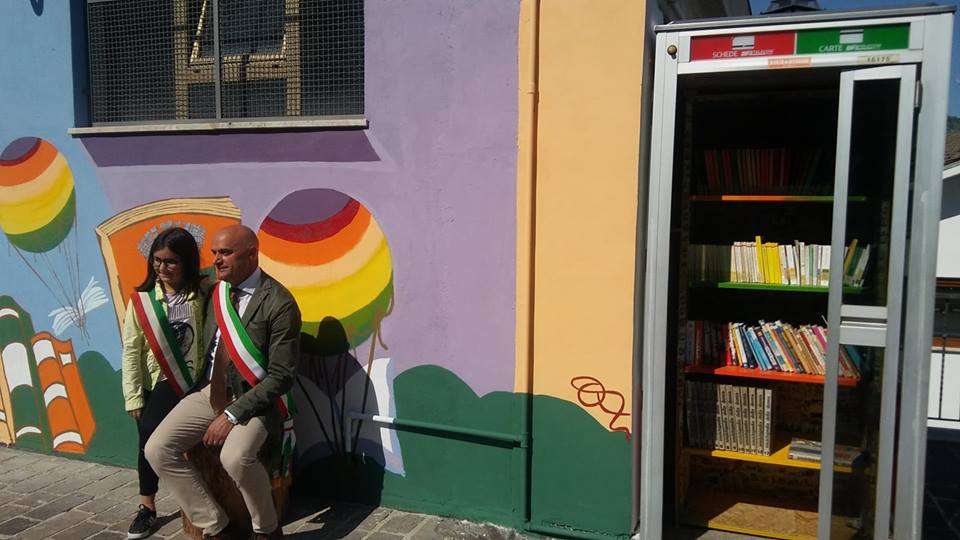
Sante Marie park 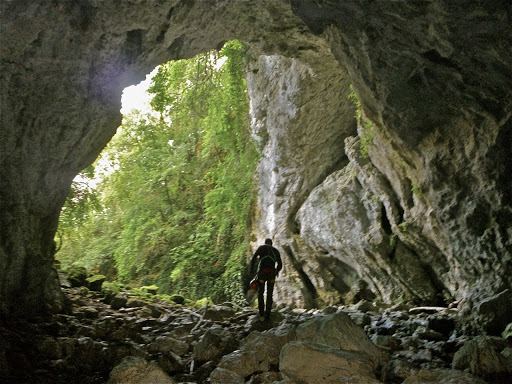
Luppa Caves
In the center of Sante Marie there is a reading’s park with a bibliocabina (i.e. library booth) and library trunks, where different writers read their books. Near Sante Marie there is the regional reserve of the Luppa Caves. The Cave of Luppa, otherwise known as the “sinkhole”. This extends within the Municipality of Sante Marie for an area of about 435 hectares. To the north-east the border follows the route of the Tiburtina Valeria state road, while to the south-west the border coincides with the administrative one of the Municipality of Sante Marie, delimited by the mounts of Colle Pagliare (1206 mt) and Pietra Pizzuta (1264 mt). From here you can visit the cave, but only with an expert Speleo Guide. After visiting the cave, you can retrace the path in reverse following the signposts and come to places where you can relax. The Reserve offers you several stop points to relax and have a picnic, equipped with benches, tables and fire points. Didactic panels explains the morphological characteristics and phlora of the area.
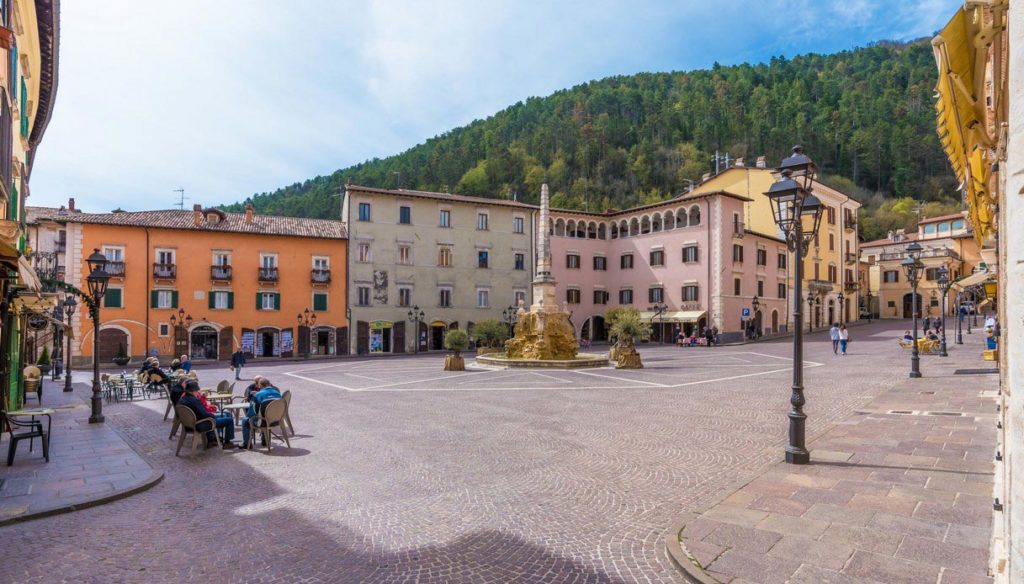
Ten minutes away from Sante Marie you can visit Tagliacozzo, a beautiful town in Abruzzo. Part of the history of Tagliacozzo is enclosed in its name: the toponym means “cut in the rock”, referring to the cleft that divides the mountain where the town developed. Other chapters of this story are intertwined with the remains of the medieval city wall that once protected the village together with the castle, in ruins Today. The history of Tagliacozzo is made up of great episodes too: here, Corradino di Svevia was defeated by Carlo D’Angiò, a fact reported by Dante Alighieri. To grasp the essence of the village, you need to get to its ancient heart: beyond the Roman arch, you will find houses, palaces and churches that seem to have come from a distant time. Do not miss the Obelisco Square and the Ducal Palace.
Roberto Colella
“Borghi della lettura” (i.e. reading villages) is a network counting more than 50 Italian historical villages engaged in the promotion of literature and reading, enhancing the places through cultural events to book and stories lovers.


